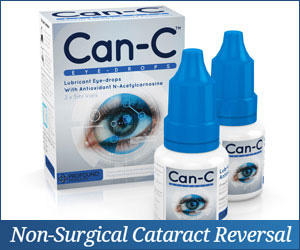Journal American Medical Assn April 15, 1998, Volume 279, pp 1200-05
Incidence of adverse drug reactions in hospitalized patients: a meta-analysis of prospective studies.
Lazarou J, Pomeranz BH, Corey PN
Department of Zoology, University of Toronto, Ontario, Canada.
OBJECTIVE: To estimate the incidence of serious and fatal adverse drug reactions (ADR) in hospital patients.
DATA SOURCES: Four electronic databases were searched from 1966 to 1996.
STUDY SELECTION: Of 153, we selected 39 prospective studies from US hospitals.
DATA EXTRACTION: Data extracted independently by 2 investigators were analyzed by a random-effects model. To obtain the overall incidence of ADRs in hospitalized patients, we combined the incidence of ADRs occurring while in the hospital plus the incidence of ADRs causing admission to hospital. We excluded errors in drug administration, noncompliance, overdose, drug abuse, therapeutic failures, and possible ADRs. Serious ADRs were defined as those that required hospitalization, were permanently disabling, or resulted in death.
DATA SYNTHESIS: The overall incidence of serious ADRs was 6.7% and of fatal ADRs was 0.32% of hospitalized patients. We estimated that in 1994 overall 2216000 (1721000-2711000) hospitalized patients had serious ADRs and 106000 (76000-137000) had fatal ADRs, making these reactions between the fourth and sixth leading cause of death.
CONCLUSIONS: The incidence of serious and fatal ADRs in US hospitals was found to be extremely high. While our results must be viewed with circumspection because of heterogeneity among studies and small biases in the samples, these data nevertheless suggest that ADRs represent an important clinical issue.

